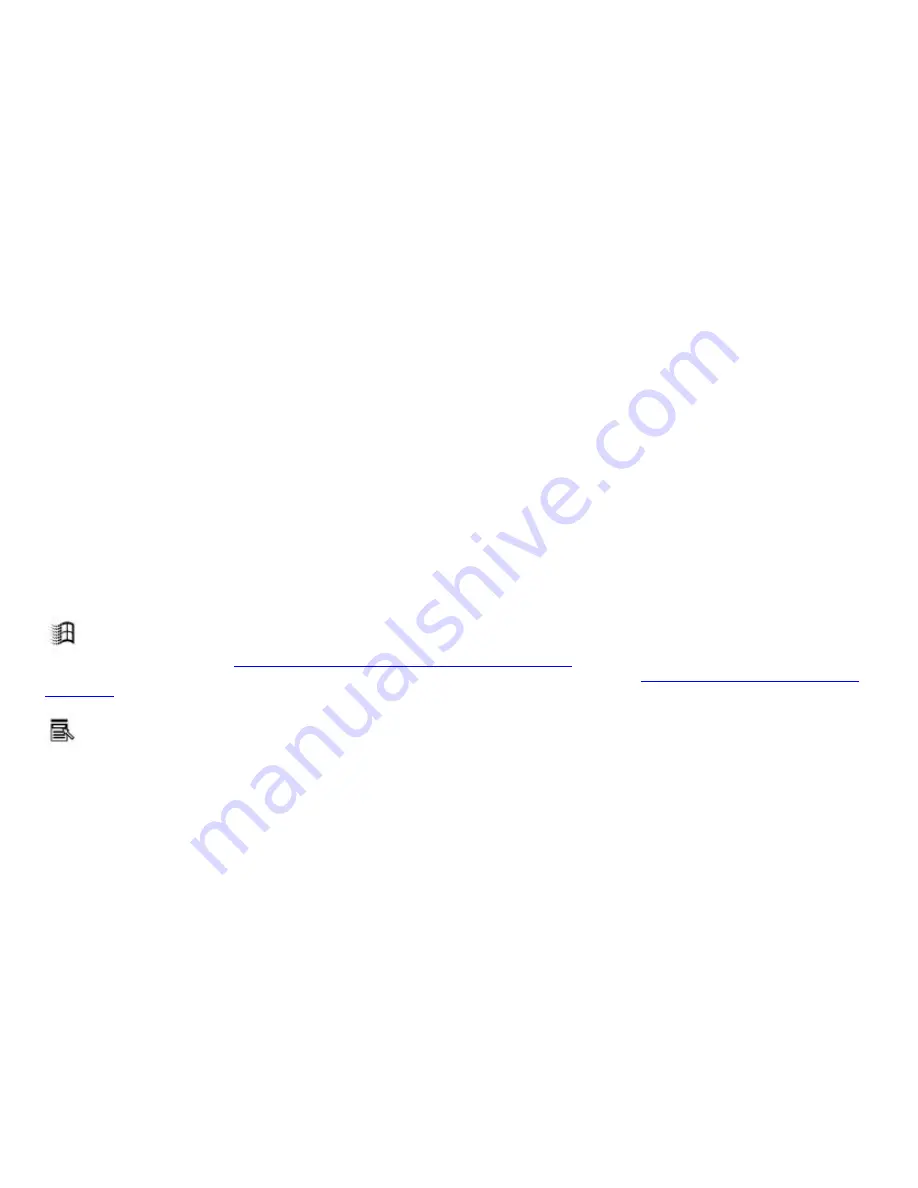
Functions of the keyboard keys
Key
Description
Numeric keypad area Contains the keys found on a typical calculator. Use the numeric keypad area to type numbers or to
perform mathematical calculations such as addition and subtraction. Note: You must press the Num Lock key to activate the
numeric keypad. (When you do so, the Num Lock indicator will be on.) Press the Num Lock key again to deactivate it.
Navigation keys
The Left/Right/Up/Down arrows are devoted to move the cursor on the screen and also function as
the Home, End, Page Up, and Page Down keys, respectively.
Correction keys
The Insert, Backspace, and Delete keys enable you to make corrections in your documents.
Function keys The 12 function keys along the top of the keyboard are used to perform designated tasks. For example, in
many applications, F1 is the Help key. The task associated with each function key may vary from one application to the
next.
Escape key
The Esc (Escape) key is used to cancel commands.
Print Screen key
The Print Screen key takes an electronic snapshot of the screen and places it in the Windows
®
Clipboard. You can then paste the screen shot into a document and print it.
Operator keys Several keys are always used with at least one other key: Ctrl, Alt, and Shift. When held down with another
key, the Ctrl (Control) and Alt (Alternate) keys offer another way to give commands. For example, in many applications,
instead of choosing the Save command from a menu, you can hold down Ctrl and press S (referred to as Ctrl+S). The Shift
key operates the same way as on a typewriter; it is used to produce capital letters or special symbols such as @ and $.
Windows key
The key with the Windows
®
logo displays the Windows Start menu; it is the equivalent of clicking the Start
button on the task bar. See
Combinations and functions with the Windows key
for more information.
Fn key
The Fn key is used in combination with other keys to issue commands. See
Combinations and functions with
the Fn key
for more information.
Applications key
The Applications key displays a shortcut menu of context-sensitive choices. Pressing this key is the equivalent
of clicking the right mouse button.
Page 4





































